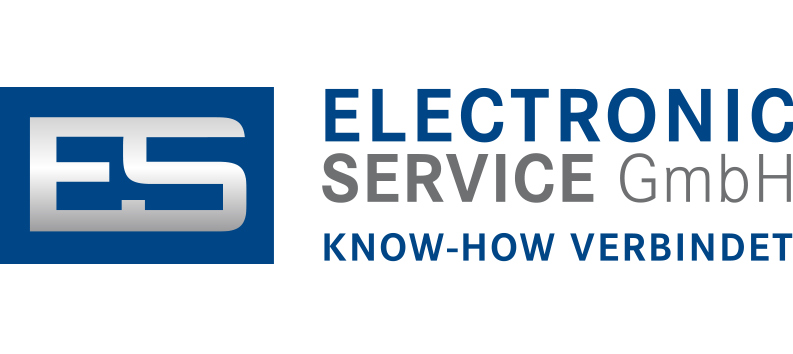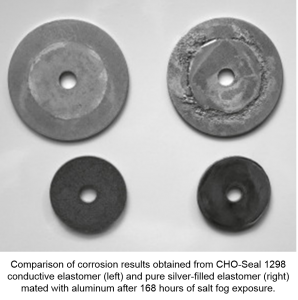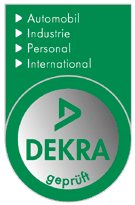Top Three Design Tipps for Corrosion Resistant EMI Protection
Every design engineer should know that an EMI gasket must be installed between mating flanges to prevent electromagnetic radiation (EMI) from entering or leaving an electronic enclosure. But what if your equipment will be used in humid or tempest environments? How confident are you in your design that corrosion protection will be addressed? Not so much?
Well, then read on. Here’s our top three design tips for ensuring corrosion resistant EMI protection.
1. Choose the correct EMI gasket.
Sounds simple, right? But oftentimes, design engineers think they’re picking the right EMI gasket when in fact, they’re not. Correct gasket selection can minimize the difference in electrochemical potential relative to the structural metal, which in turn will slow down corrosion by ensuring a lower galvanic current.
You’ll want to select an elastomeric EMI gasket, such as the Chomerics CHO-SEAL® family, that contains conductive filler particles which will provide a combination of EMI shielding and corrosion resistance when in contact with metal. Pure silver, silver-plated copper, silver-plated aluminum and nickel-plated aluminum are among the particle types which have an important influence on corrosion resistance.
2. Don’t forget to choose a surface treatment.
To maintain aesthetics and stop oxidation and corrosion, you’ll probably plate or paint your metal enclosure and finish flange surfaces to ensure protection against corrosion. But what you might not know is that you’ll want to select an additional coating system that prevents surfaces from corroding in those high humidity or marine environments.
CHO-SHIELD® 2000-series coatings from Parker Chomerics are three-part, copper-filled urethane coating systems, which minimize the effects of galvanic corrosion due to the soluble chromates they contain. When paired with the fluorosilicone binders of CHO-SEAL® 1298, the combination delivers elevated resistance to galvanic corrosion.
3. Secondary sealing might be necessary.
So you’ve got your elastomeric EMI gaskets and your corrosion resistant coatings, think you’re all set? Maybe not. Best design practice also indicates that an additional moisture seal should be considered if there is a requirement to exclude salt fog or spray that could act as an electrolyte and lead to corrosion.
For example, in aircraft applications, a seal-to-seal design may be used. Here, gaskets of identical material are applied to each mating flange and edge-sealed using a non-conductive sealer to prevent moisture from entering.
So what have we learned? When you deploy a carefully selected combination of EMI gaskets, conductive coatings and secondary sealing, design engineers are able to minimize or limit corrosion to deliver sufficient EMI shielding performance for the service life of the equipment.
We will be happy to help you with the selection or advise you which material makes the most sense in your case. Please feel free to contact our team directly here!





